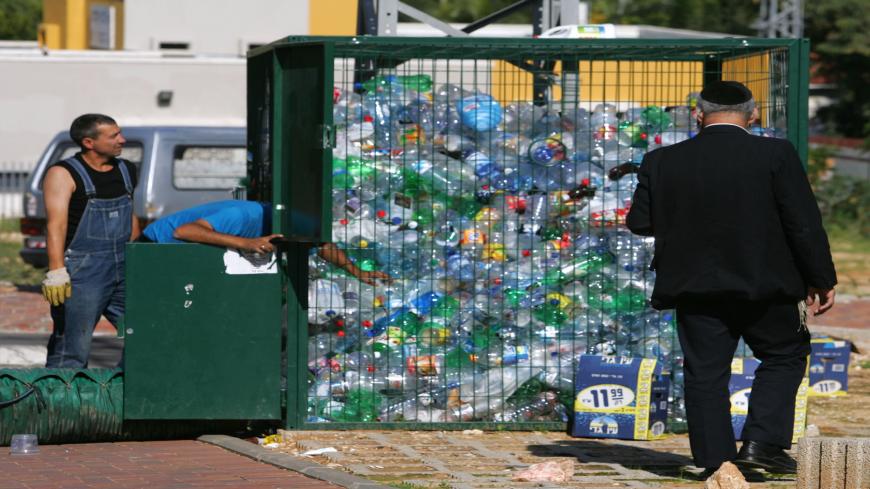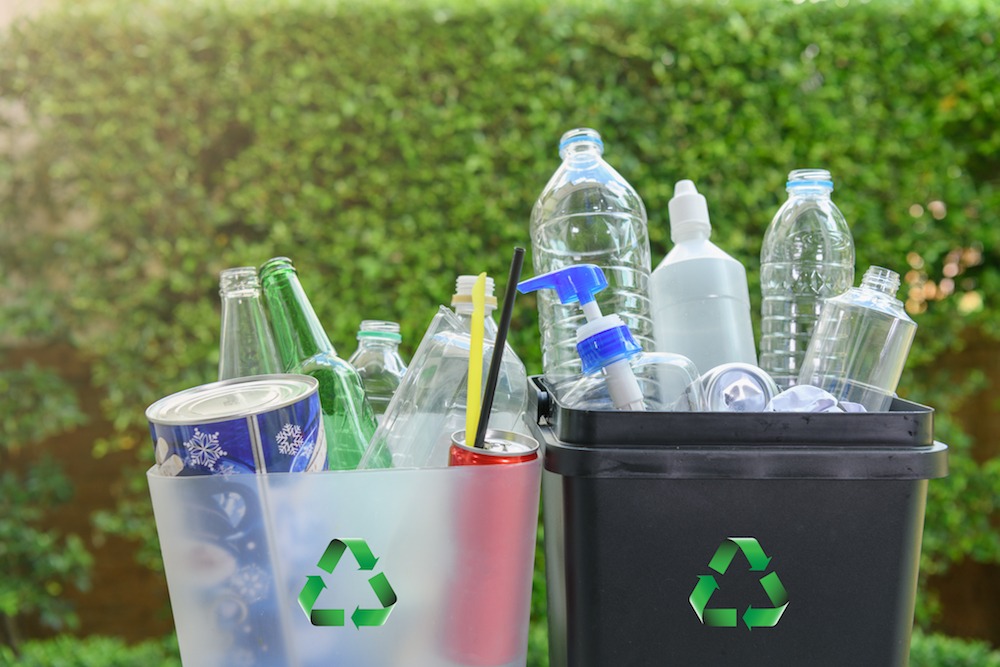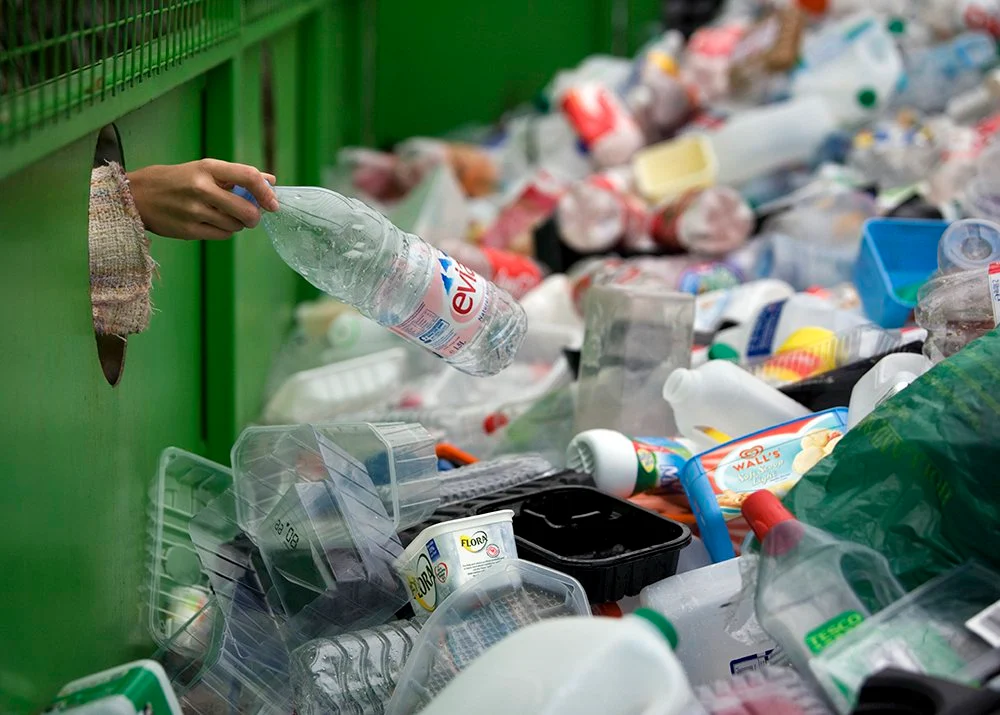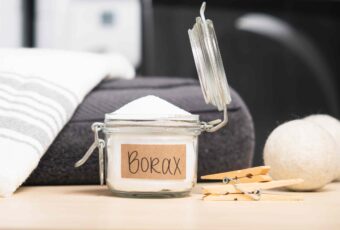Jared Pobre, founder of Caldera + Lab, shared: “Recycling options will vary depending upon where you live and your local service provider. What items are okay for curbside pick-up may differ significantly from items accepted at the recycling center.” You can always find the exact rules for your area online.
He continued: “Once you know which items are recyclable in your community, you can begin to be more conscious about the items you buy and the packaging surrounding those products. Then be sure to follow through with the second step of the recycling relay and dispose of the packaging appropriately.”
Natalie Lennick, founder of Green Ablutions haircare and environmental activist, shared: “Most plastic isn’t actually recycled. While the majority of paper and glass that go in your bin are repurposed, over 90 percent of plastic is not.” She shared that things like black plastic, commonly found in takeout containers, is “almost never recyclable.”

Try To Reduce As Much As You Can
Lennick continued: “Recycled plastics have a lower integrity than their virgin counterparts. Each time plastic is recycled it reduces the quality of the resulting material. After one or two trips through this process the material is useless. This is why you don’t see a shampoo bottle becoming another shampoo bottle. Instead, it might become building materials like decking or a park bench.”
If you know that the item can be recycled, make sure that it is in top condition for recycling. That means washing them thoroughly and letting them dry completely.
Lennick says: “Materials that are sent for recycling should be clean and dry. Your provider may have other specific requirements regarding removal of lids or separation of materials that can aid in the recycling process.” Items that are soaked can damage items like cardboard and paper, rendering them un-recyclable.
Her best word of advice? Use only what you need. She says: “Minimize the amount of packaging you bring into your home so you’ll have less waste to worry about.” Request your takeout place to skip plastic cutlery, napkins, and anything else that you don’t need. Every little substitution makes a difference.

Every Little Thing Makes A Difference









